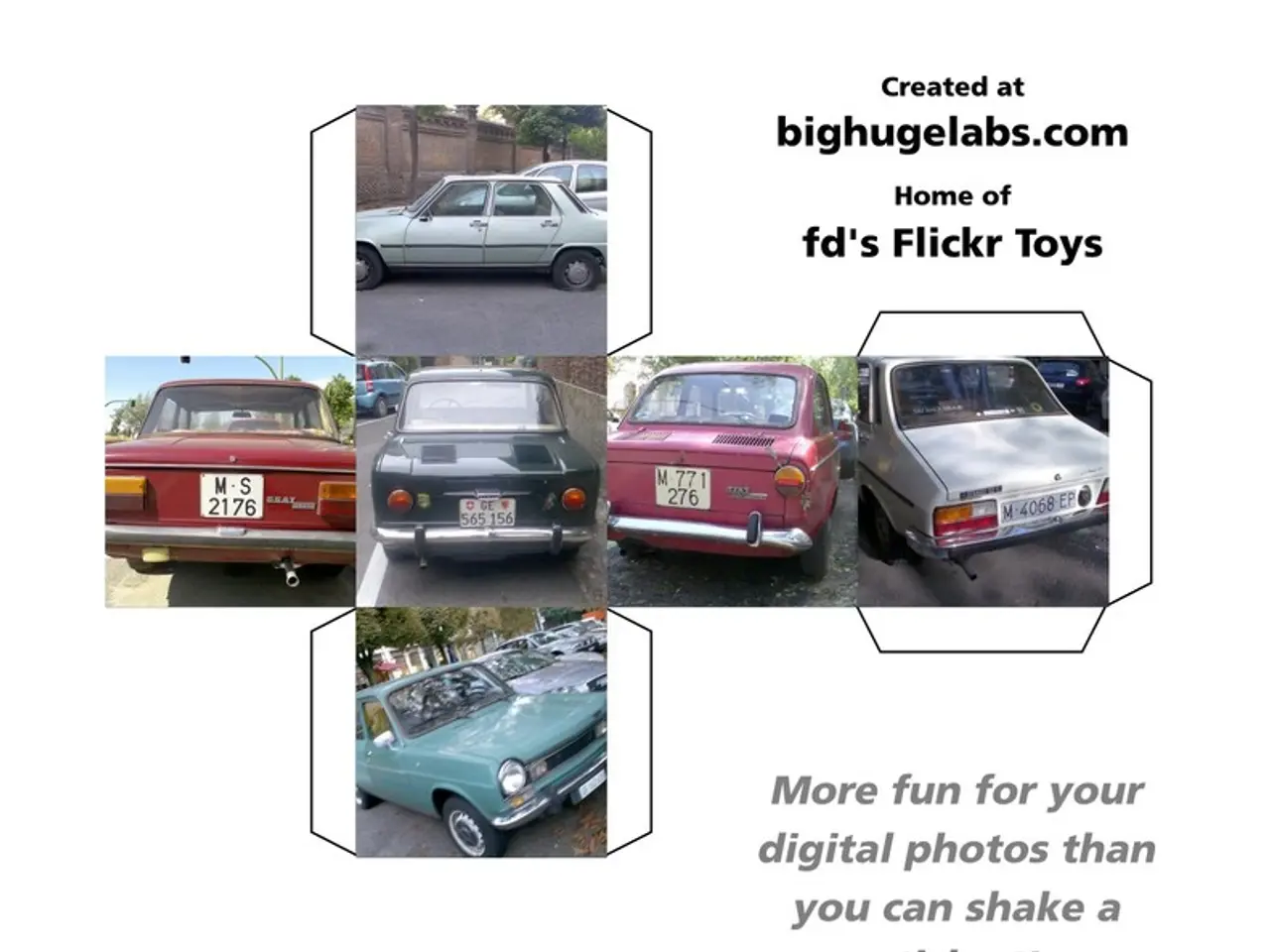Cookies employed by Autovista24 enhance your user experience
At CES 2025, the world of self-driving technology took a significant leap forward, with major advancements in autonomous driving platforms, AI-powered systems, and collaborative industry efforts.
Nvidia, a leader in autonomous vehicle computing, showcased its latest DRIVE AGX Thor chips, powering Level 4 autonomous vehicles. The Chinese company WeRide launched the HPC 3.0 platform, built on Nvidia's technology, enabling the first mass-produced Level 4 Robotaxi (GXR) that cuts costs by 50% and supports broad commercial deployment.
Hyundai Motor Company, not just a pioneer in electrification and EV technology, is also integrating advanced driver-assistance systems (ADAS) and autonomous features in vehicles such as the Hyundai Ioniq 5. Hyundai's partnership with Nvidia is expected to further boost autonomy in production vehicles.
Mobileye, a key player in autonomous driving sensors, vision systems, and software, continues to advance vehicle safety and automation. At CES 2025, Mobileye outlined its focus on precision and recall for autonomous technology, with its eyes-off autonomy for consumer-owned vehicles, Chauffeur, focusing on precision for highway driving.
Continental is contributing through software-based vehicle safety and driver assistance solutions, enhancing comfort and driving dynamics by utilizing data-driven software functions. Their work supports the broader shift towards software-defined vehicles (SDVs) seen as a major automotive trend in 2025.
Here Technologies specialises in high-definition mapping and location services critical for autonomous vehicle navigation and safety. While specific CES 2025 announcements were not detailed, Here’s mapping expertise continues to be foundational for geofencing, route optimization, and Level 4/5 autonomy deployments.
The Indy Autonomous Challenge achieved a world first for high-speed competitive autonomy, completing a multi-car autonomous race at the Las Vegas Motor Speedway. This demonstrates the progress being made in the field of self-driving cars.
In addition, progress in regions like Europe is expected to take longer due to a complex regulatory environment and the absence of major players working on self-driving cars in the region. However, the US and China are leading the development in self-driving vehicles, with the race between the two countries continuing, as highlighted by Maria Alonso, autonomous systems lead at the World Economic Forum.
Meanwhile, in the agricultural sector, John Deere revealed several new autonomous machines, including the 9RX tractor for large-scale agriculture, the 460 P-tier articulated dump truck for quarry operations, and a battery-electric mower for commercial landscaping.
A Deloitte study considered an easing regulatory environment that may aid the deployment of autonomous vehicles in some global markets, but more than half of surveyed consumers in India, the UK, and the US remained concerned about safety.
Lastly, Continental, Aurora, and Nvidia announced a strategic partnership to deploy driverless trucks at scale, with Continental planning to mass-manufacture the Aurora Driver in 2027. The Aurora Driver is an SAE Level 4 autonomous driving system for trucking, featuring Nvidia's Drive Thor and DriveOS technology.
As we move forward, the convergence of AI, high-performance computing, and collaborative industry ecosystems, fuelled by companies like Nvidia, Hyundai, Mobileye, Continental, and Here Technologies, is expected to drive scalable autonomous mobility solutions with Level 4 vehicle deployments becoming commercially viable.
The strategic partnership between Continental, Aurora, and Nvidia aims to deploy driverless trucks at scale, leveraging Nvidia's Drive Thor and DriveOS technology to advance autonomy in the trucking industry, signifying a significant step in the automotive sector.
Collaborative industry efforts, including those led by Nvidia, Hyundai, Mobileye, Continental, and Here Technologies, are anticipated to drive scalable autonomous mobility solutions, making Level 4 vehicle deployments commercially viable, and paving the way for advancements in self-driving transportation and finance industries.




